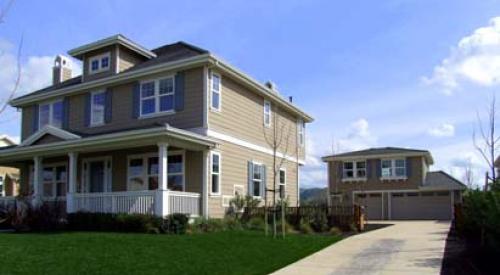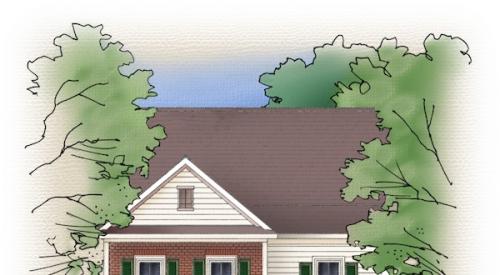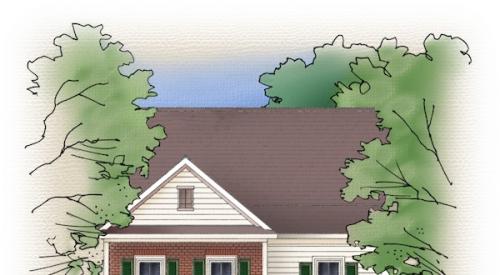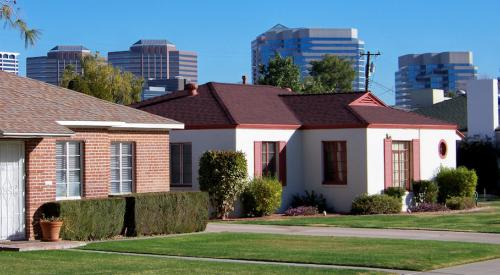In the housing market, elasticity is the gap between home price growth and housing stock growth. The smaller the gap is between the increase in home prices and housing stock, the more elasticity a market is said to have. Conversely, a large gap represents inelasticity for a housing market.
For example, as Trulia reports, Las Vegas has experienced a 71.4 percent increase in home prices and an 87.8 percent increase in housing stock. That relatively small gap represents good elasticity for the city. San Francisco, however, has experienced a 278.8 percent increase in home prices and just a 12.3 percent increase in housing stock. That huge gap represents the inelasticity of the city. In terms of elasticity, Las Vegas compared to San Francisco is like comparing sweatpants with skinny jeans.
The Las Vegas housing market has the highest elasticity among the top 100 largest metros in the country. Raleigh-Durham-Chapel Hill, N.C., Albuquerque, N.M., Charlotte-Gastonia-Rock Hill, N.C.-S.C., and Atlanta, Ga., round out the top five.
Meanwhile, San Francisco has the fourth highest inelasticity in the country. It is preceded by New Orleans, La., Pittsburgh, Pa., and Los Angeles-Long beach, Calif.
To view the entire breakdown, including infographics, charts, graphs, and lists, follow the link below.












